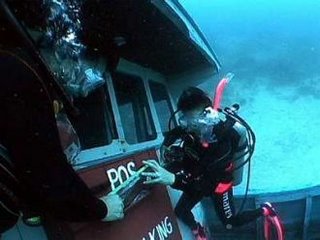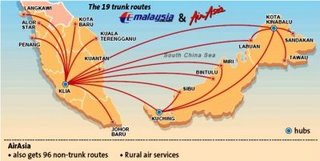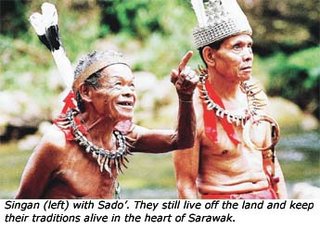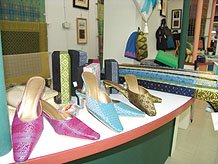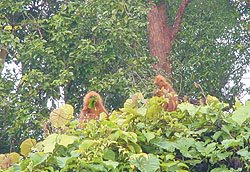By Neville D'Cruz
MELBOURNE -- A Melbourne family of four has left for Kota Kinabalu for a week-long five-star holiday -- and it's not going to cost them a cent.
Julian and Susan Crow and their daughters Hayley, 11, and Jessica, 8, won a competition sponsored by Melbourne Zoo to promote its Twilight programme to attract more visitors to the zoo last summer.
The competition was run by the Leader Group of Newspapers which has a readership of more than one million Melbourne-wide through its 31 weekly suburban newspapers.
For several weeks, the newspapers carried banner heads in 110 point size with the words "WIN A TRIP TO BORNEO".
Readers were told that the winner would receive free travel, accommodation and visits to all of Sabah's tourist attractions for four people, but they had to write in 30 words why they wanted to visit the Borneo state.
The Leader group received thousands of entries, and Sabah Tourism received thousands of dollars worth of free publicity without asking for it.
Melbourne Zoo spokeswoman said Sabah was selected because she had been there and felt it was a wonderful holiday destination.
The Crow family, originally from Britain, are all "dedicated animal and nature lovers" and when they were told that they were the winners they were over the moon.
"News that we had won, anyone would have thought our household had won the lottery," Julian Crow said.
"Initial disbelief was followed by mild hysteria -- that we were going on this dream trip, especially that we are all great lovers of flora and fauna and we love to travel," he said.
After Julian had qualified as a quantity surveyor in UK, he and his wife headed out in 1989 to Ndola in Zambia to work.
Eight years being close to the African bush and numerous weekend camping trips honed their love for outdoor life and interest in bird and wildlife.
The Crows then moved to Swaziland where Jessica was born.
"With easy access to Swaziland's nature reserves and South Africa's game parks, both our girls adopted their parents' love of the wild and any animal that they came into contact with," Crow said.
"So when he heard we were going to Sabah, you can imagine our thrill and delight. We are hoping we can hug a orang utan."
Source: BERNAMA
